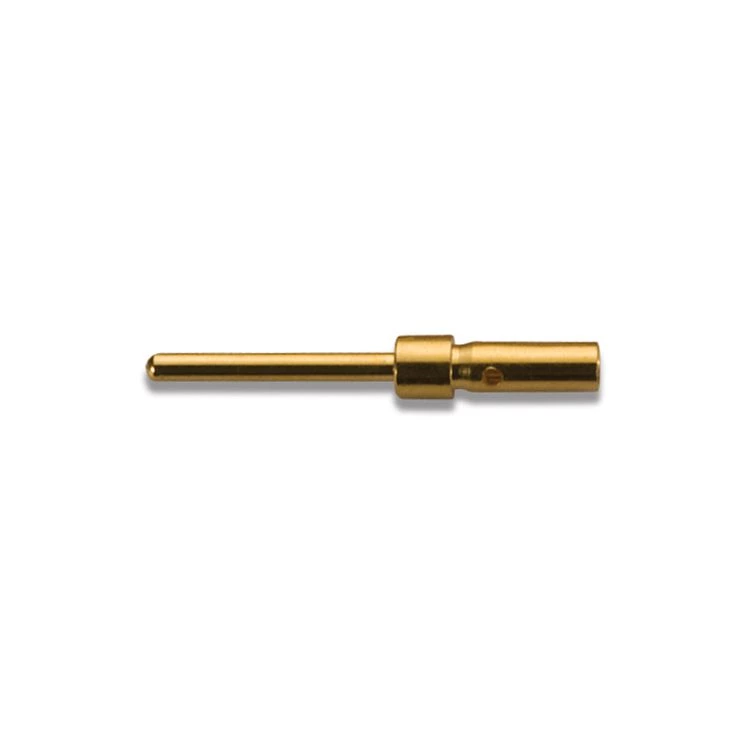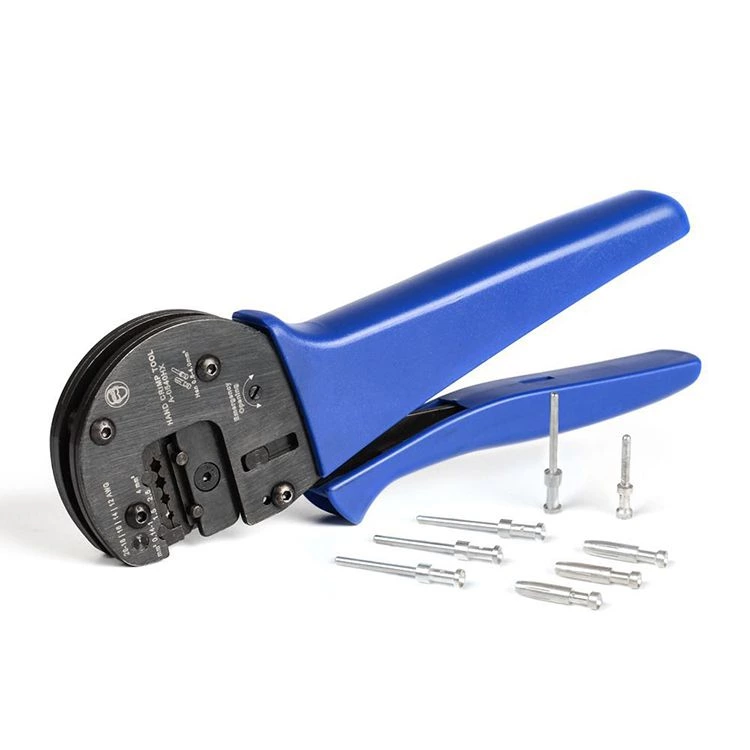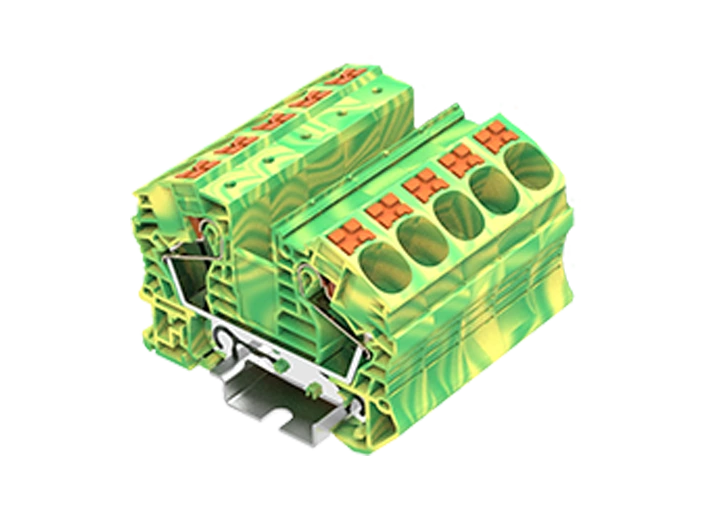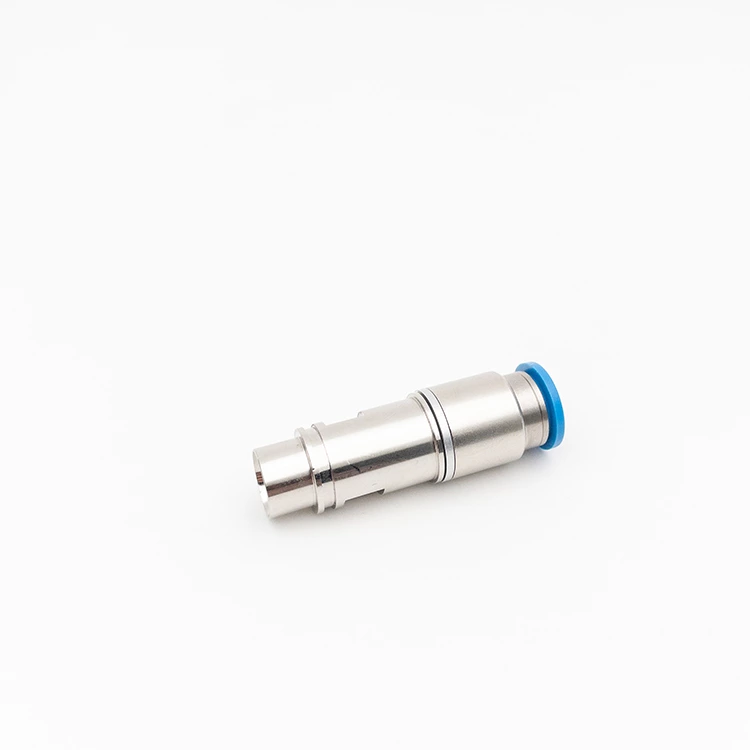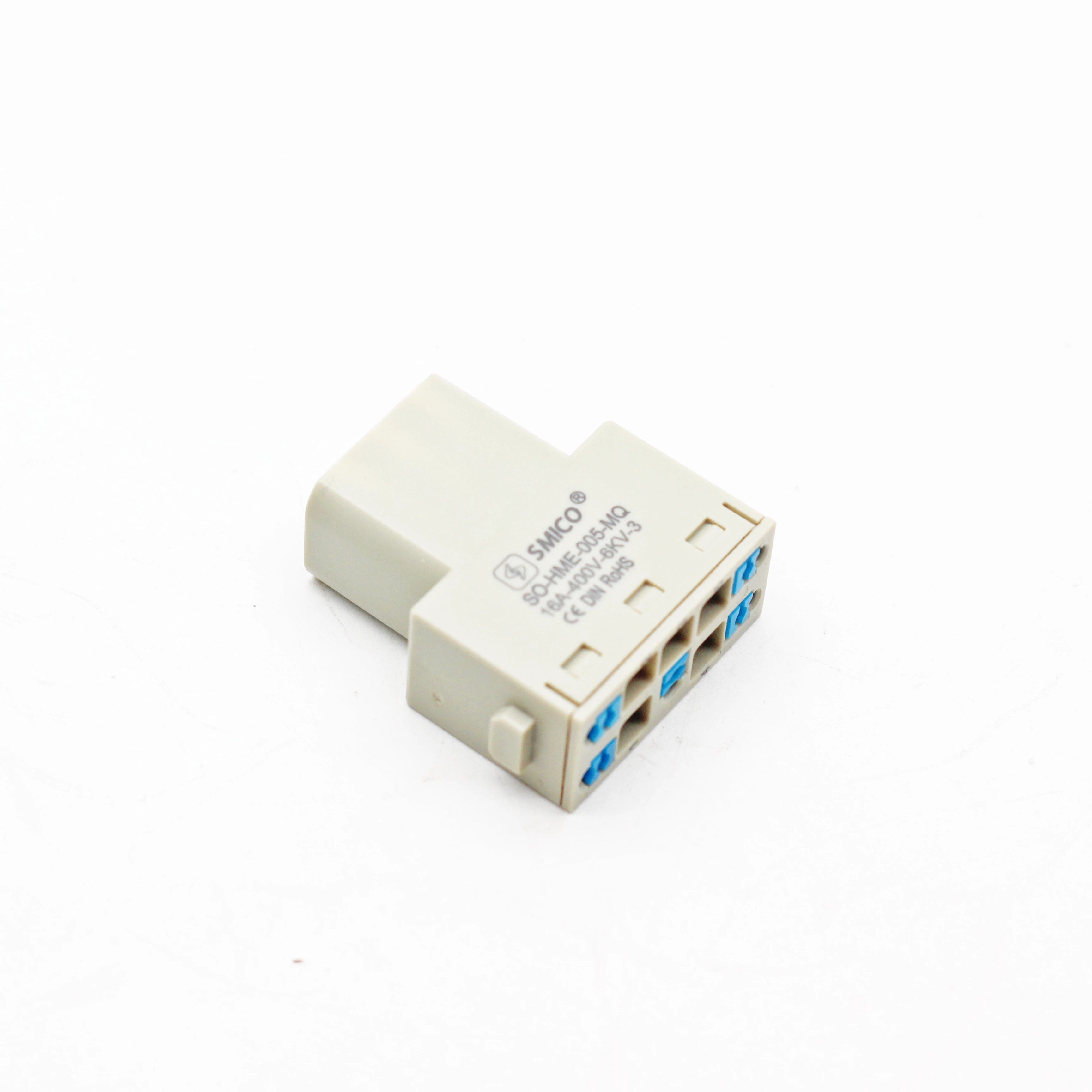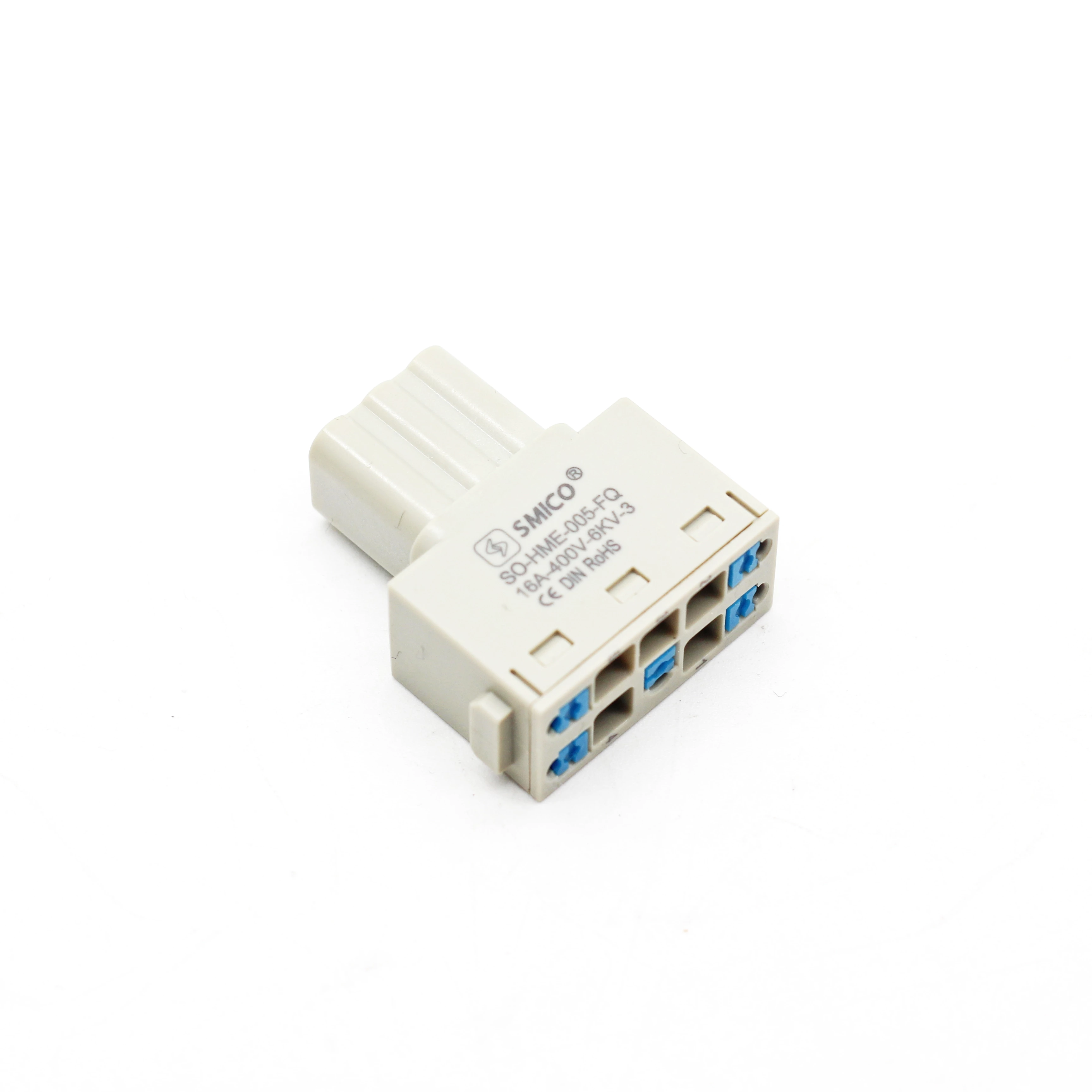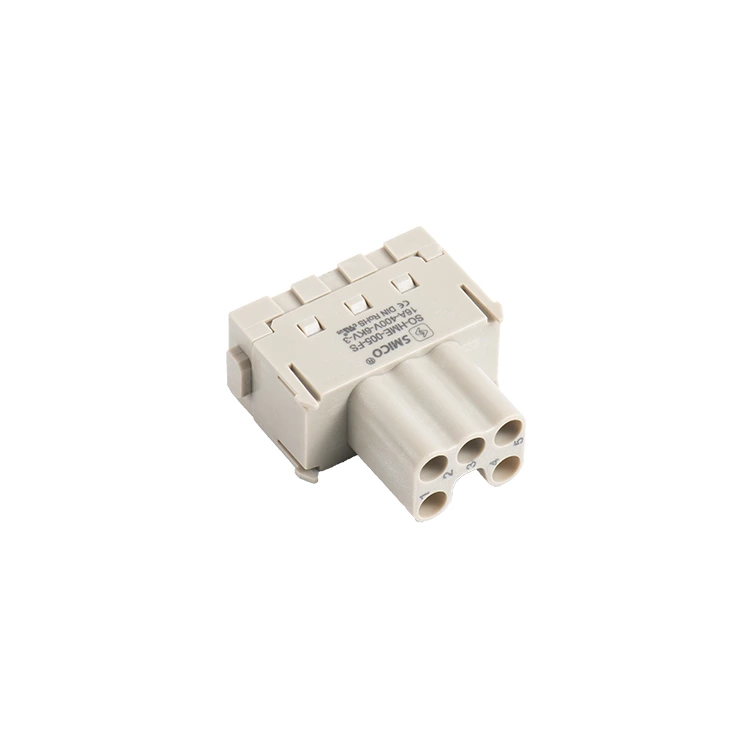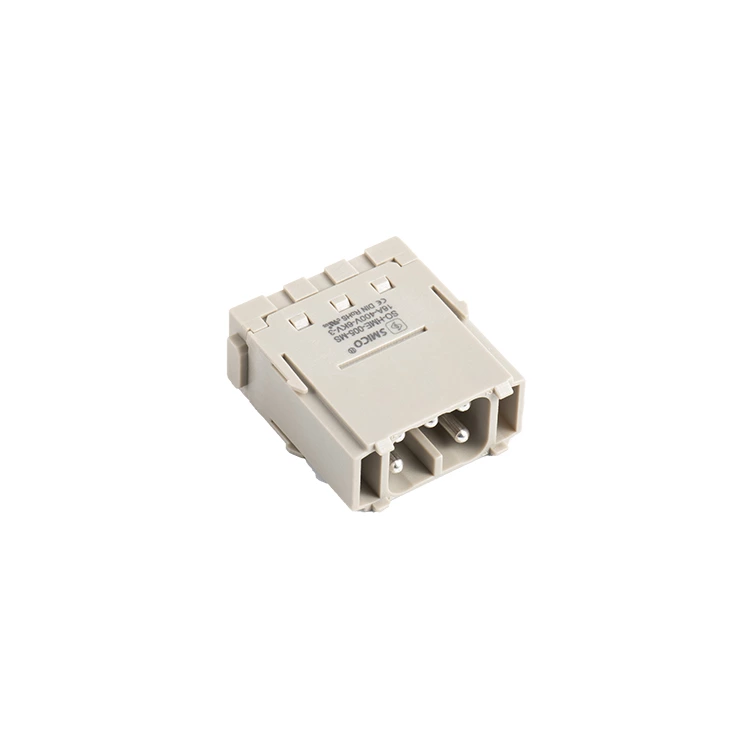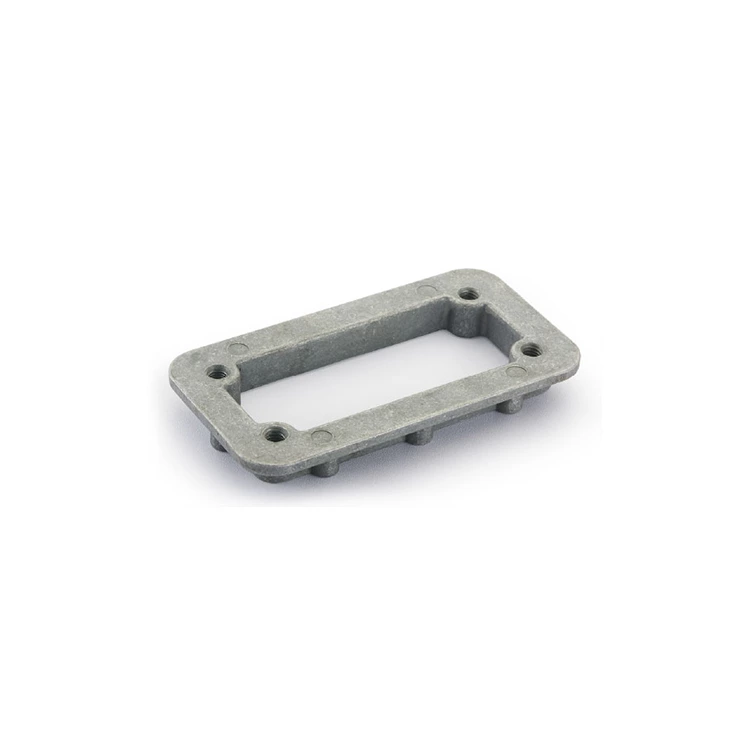Rivet Connection Process: Meets The More Stringent Environmental Standards Of Cold-pressed Pins.
The rivets achieve a substantial mechanical lock between metal parts, and the load-bearing state at the rivet point tends to be stable. Under extreme conditions such as vibration, temperature cycling, and humid heat corrosion, the integrated performance of crimp contact female is more robust. Traditional crimping methods may result in slight movement at the contact interface, while riveting, through plastic deformation of the metal, helps control micro-deformation and fatigue displacement at the joint.
As a connection method, riveting requires no heat input and is unaffected by welding stress, making the process simpler and more suitable for mass production. For the overall structure of crimp contact male, the rivet connection forms a unified force system between the conductor, insulator and joint, allowing crimp socket contact to have better consistent response under low temperature, high temperature change and vibration impact conditions.
Combined with the actual assembly process, the rivet connection has high repeatability, which is conducive to precise control of the pressure head stroke and clamping force in the production line, thereby optimizing the structural integrity and manufacturing tolerance of female crimp contact. Engineers can assess connection quality by monitoring rivet deformation or remaining height, thus determining the long-term reliability of the male crimp contact in field environments.
